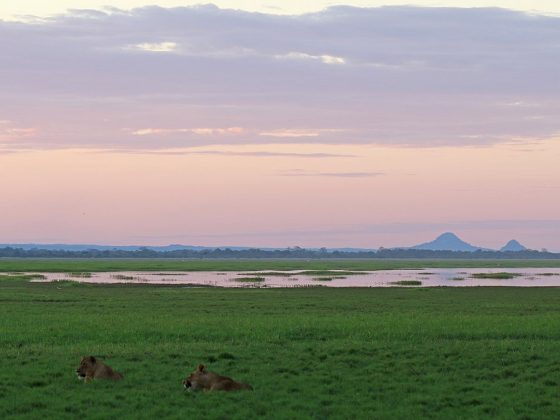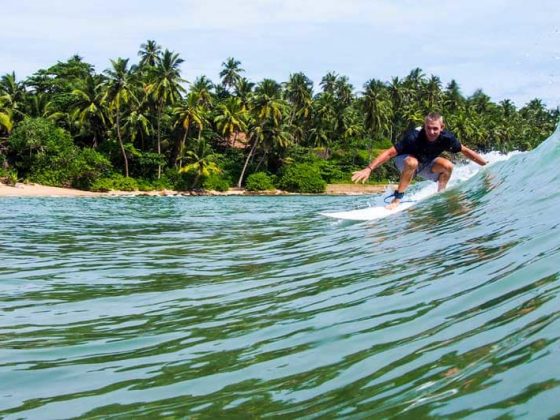For beginners and professionals alike, Bali is an excellent destination for a scuba-diving excursion. Set against the impressive backdrop of the island’s volcanoes and scenic landscapes, the island’s warm waters hold many adventures just waiting to be discovered.
What to Expect
There’s an array of dive locations to choose from in Bali – from Gili Selang, the island’s easternmost point and the home of brain corals and prowling sharks, all the way to Lembongan in the southwest, where divers can get up close and personal with the bizarre ocean sunfish. There are also a number of notable shipwrecks scattered around Bali’s waters, and these can make for some fascinating dives. And of course, after a long day at sea, you can always come ashore and relax on the island’s pristine beaches.

Where to Stay
If you’re planning your trip around scuba-diving, it’s best to pick out accommodations that are close to the coast – mainly for ease of access. As with dive locations, there’s plenty of choices when it comes to a Bali resort hotel – just make sure it is close by and has access to the dive spots you want to visit. Certain resorts like the Anantara Seminyak Bali Resort will even offer their own scuba diving tours conducted by an experienced guide.

The Weather
Being close to the equator, Bali is consistently warm throughout the year. Temperatures peak at around 30-32°C during the day and cool down to about 24°C at night. This may give the implication that you could plan for a scuba trip any time of the year, but this isn’t exactly the case due to Bali’s distinct seasons.
Diving Seasons
Bali’s dry season lasts from May to September, while the wet season is generally from November to March. During both seasons, the ocean winds are considerably strong and tend to raise sea levels which isn’t ideal for scuba diving. As such, it’s best to plan your diving trips in between the dry and wet seasons. September to November, in particular, are considered to be the best times for scuba diving.











